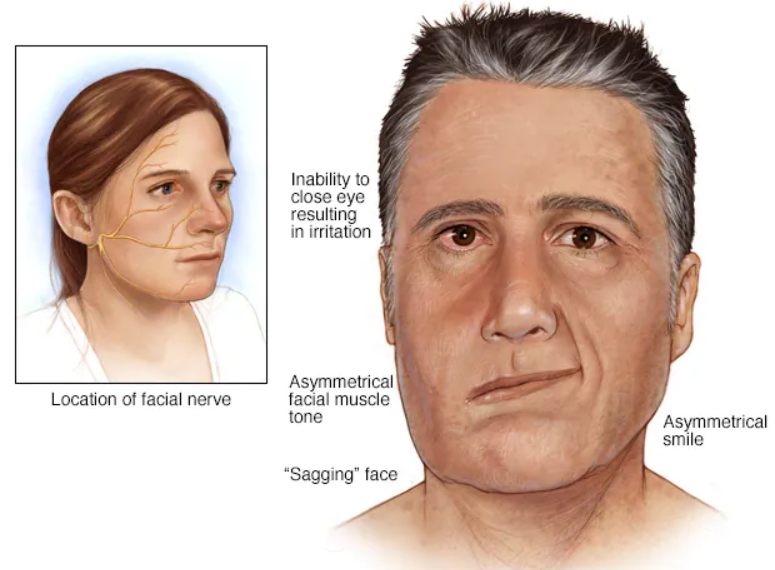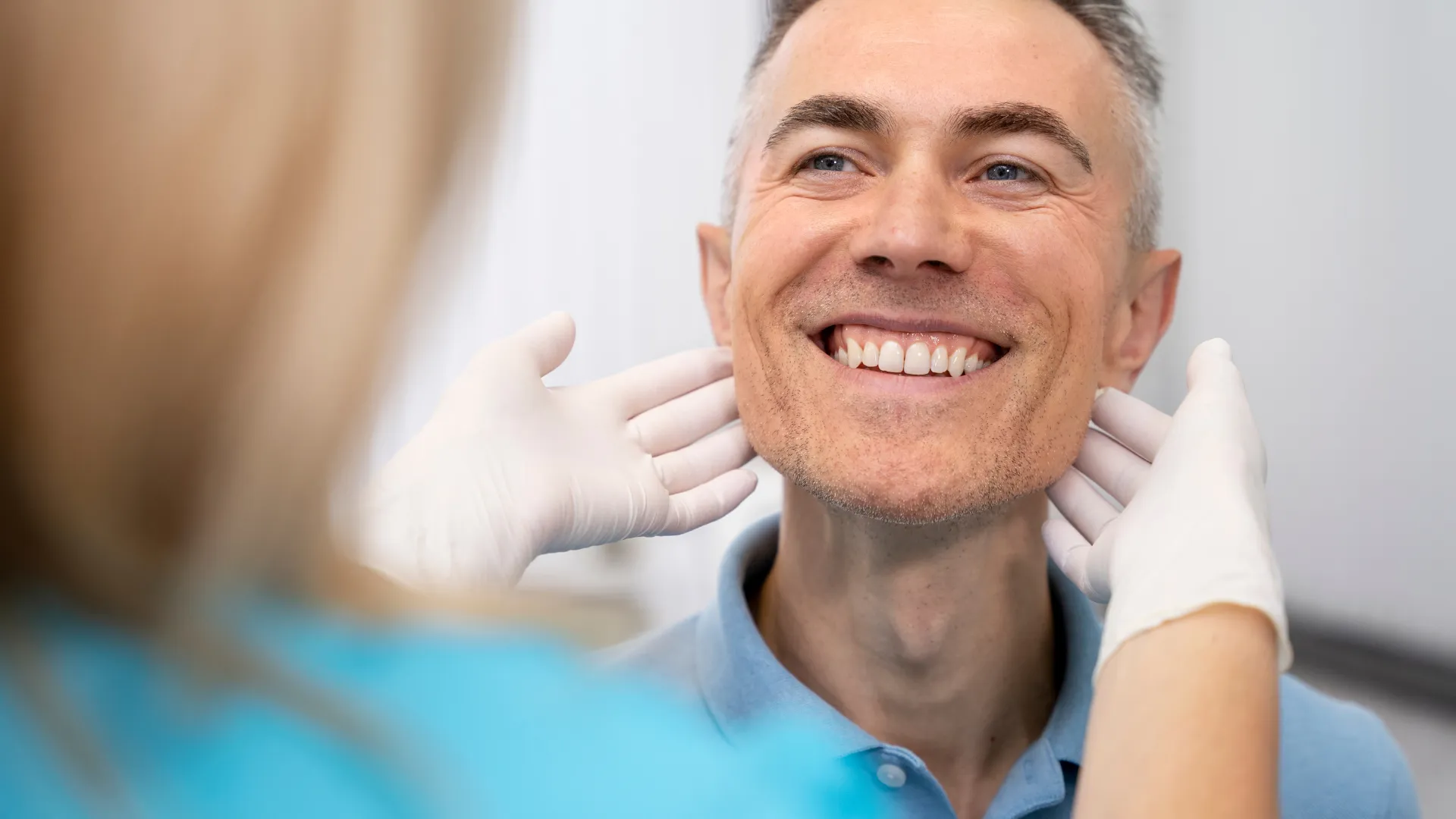Facial Paralysis is a brain attack in which the flow of blood and oxygen to the brain is suddenly interrupted or reduced. The cells in the area where the blood flow is interrupted begin to die quickly, and temporary or permanent losses in facial functions occur in the area where the paralysis occurred.
There are several levels and types of facial paralysis caused by spinal cord injuries as well. In some cases, Facial Paralysis (Bells Palsy) may be temporary, in others, it may be permanent. Here’s what you need to know about paralysis:
There are different levels of paralysis:
● Partial/incomplete Paralysis : Partial paralysis, also known as paresis, means that a person has some muscle control.
● Muscle Paralysis: a person lacks all the abilities necessary to move his muscles.
● Permanent Paralysis: A person can no longer restore any physical functions.
● Transient Paralysis: Temporary paralysis occurs when all or parts of Muscle muscle control changes periodically. This episodic condition is usually caused by Muscle weakness, illness, or hereditary causes.
● Flaccid Paralysis: Occurs when muscle density is lost
● Spastic Paralysis: Occurs in case of muscle stiffness or spasm.
What is Permanent Paralysis?
Permanent paralysis is a condition of paralysis that cannot be treated. A person who has suffered permanent paralysis will never be able to regain lost functionality and physical control, even with therapy and treatment. Permanent paralysis is usually caused by severe brain damage or a rupture of the spinal cord.
What is Permanent Paralysis?
Permanent paralysis is a condition of Facial Paralysis that cannot be treated. A person who has suffered permanent paralysis will never be able to regain lost functionality and physical control, even with therapy and treatment. Permanent paralysis is usually caused by severe brain damage or a rupture of the spinal cord.
Permanent and Temporary Paralysis
The difference between temporary paralysis and permanent paralysis is that the earlier is simply periodic. If there is a genetic disorder or a disease that causes temporary paralysis, the functions of the muscle membrane are affected and can cause loss of control. We made a comparison of temporary and permanent paralysis. Permanent paralysis involves a prolonged loss of muscle control and usually occurs as a result of an injury to the nervous system.
Types of Temporary Paralysis
There are different types of temporary paralysis caused by the action of the ion channel on the Muscle membrane. Here are examples of some types of temporary paralysis:
Hypokalemic periodic paralysis: It is an inherited disease in which extremely low potassium levels are formed in the blood due to impaired sodium channels in the muscle membranes. Muscle can be mild and affect only certain muscle groups, or it can be severe and interfere with the mobility of the arms and legs.
Paramyotonia congenital: It is a congenital disorder in which the muscles cannot relax after contraction due to dysfunction in the nerves. The problem is in the nervous system, not the muscles.
Andersen-Tawil syndrome: It is a rare genetic disorder that affects heart rhythm and impairs potassium flow in skeletal and cardiac muscle. In such patients, there is general weakness even between attacks.
Diagnosis and Treatment of Temporary Paralysis
This disease can be diagnosed by a blood test or a genetic test. Can be treated in the following way:
- Checking the carbohydrates in the nutrition list,
- Oral potassium chloride supplements,
- Management of thyroid function,
- Making certain lifestyle changes, including a certain amount of exercise and physical activity
Paralysis Treatment Options
There are no treatment options for paralysis. The only thing that can be done is to focus on addressing the symptoms of this type of paralysis and improving the quality of life in order to minimize their impact on life. Some spinal cord injury paralysis treatment options are as follows:
- Medical devices: These tools, such as wheelchairs, catheters, and artificial respiration devices, help meet the basic needs of people with spinal cord injuries or improve their quality of life.
- Medicine: Some medications prevent or treat infections, reduce swelling and pain, and eliminate other secondary complications.
- Surgical interventions: Surgery helps improve functionality by reducing physical barriers that impede movement.
- Therapy and exercise: Physical activity and therapy open up new channels in the brains of people with different types of paralysis, helping them to regain some physical functions.
Infections That Cause Paralysis
Bacteria, viruses, fungi, and parasites cause infection when they enter the body. In some cases, the body’s immune system can fight them. Some, on the other hand, need the help of prescription drugs. In some extraordinary cases, infections can cause other ailments, including paralysis.
- Insect Bites and stings
- Mosquitoes
- Spiders
- Ticks
- Fire ants
- Scorpions
Our Specialists will effectively assess your case
If you experience any forms of facial paralysis, our experts will provide you with the information and guidance you need to aesthetically/functionally improve the affected area. Our specialists in Turkey will rely on their years of expertise, your medical reports and history, and state-of-the-art medical technology to offer the best medical care available to you. Contact us now to get professional counseling from Dr. Burak Sercan regarding your next tissue repair procedure.











